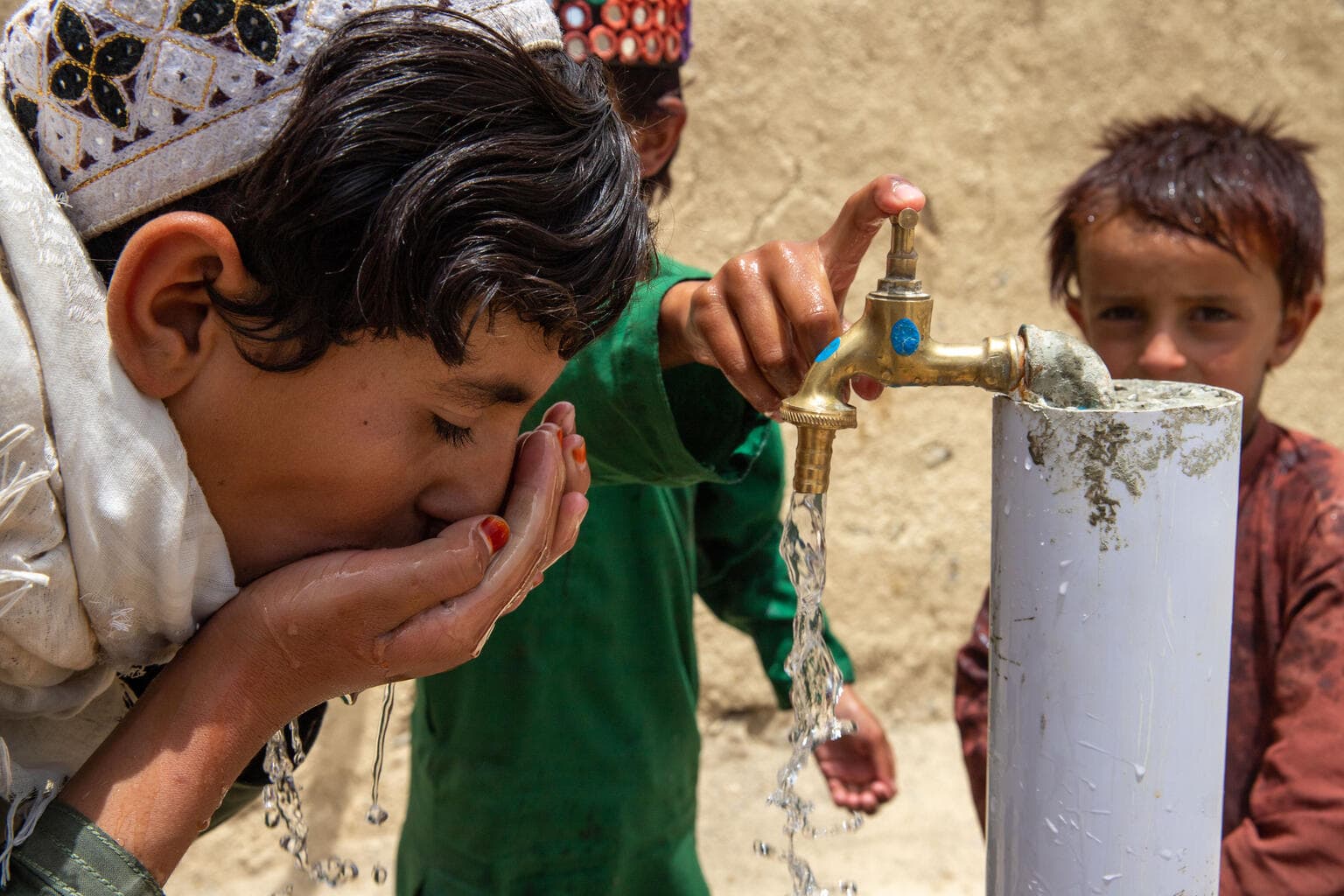Universal access to safe drinking water is a fundamental need and human right.
Securing access for all would go a long way in reducing illness and death, especially among children. “Safely managed” drinking water services represent an ambitious new rung on the ladder used to track progress on drinking water.
Since 2015, over 687 million people have gained access to safely managed services. In 2022, 5.82 billion people used safely managed services and a further 1.5 billion people used basic services.
However, 2.2 billion people still lacked access to safely managed water services, including 1.5 billion with “basic services,” 292 million with “limited” water, 296 million who used unimproved sources and 115 million who still collected drinking water directly from rivers, lakes, and other surface water sources. The data reveal pronounced disparities, with the poorest and those living in rural areas least likely to use a basic service. In most countries, the burden of water collection continues to fall, mainly to women and girls.
Behind the global headline figures, considerable disparities in access remain between countries. While many developed countries have now achieved universal access, coverage with safely managed drinking water sources varies widely in developing regions. In 2022, 17 countries were on track to achieve universal access (>99%) by 2030, 84 were progressing too slowly and in 24 coverage was decreasing. In 35 countries, less than half of the population used safely managed drinking water services in 2022.
In 2022, over half of the 703 million people without basic drinking water lived in sub-Saharan Africa.
Inequalities in drinking water service levels may impact women and men in different ways.
This is partly due to differences in the specific WASH needs of women and men and partly due to differences in gender norms, roles and responsibilities related to WASH services. Improving the accessibility of drinking water is a well-established priority given that women and girls are primarily responsible for domestic chores in many countries.
Globally, in 2 out of 3 households, women are primarily responsible for water carriage.
16 per cent of the population worldwide, which equates to 1.8 billion people, collect water from sources located off-premises. Of those, 63 per cent of women are responsible for water carriage, compared to 26 per cent of men. Globally girls are more likely to fetch water than boys in all regions expect in North Africa and Western Asia. In Sub-Saharan Africa, 45 per cent of the population collect water and women are four times as likely than men to be responsible for water fetching duty.
Drinking water, sanitation and hygiene (WASH) estimates
Water, sanitation & hygiene (WASH) data
Build and download your own customisable dataset
Resources

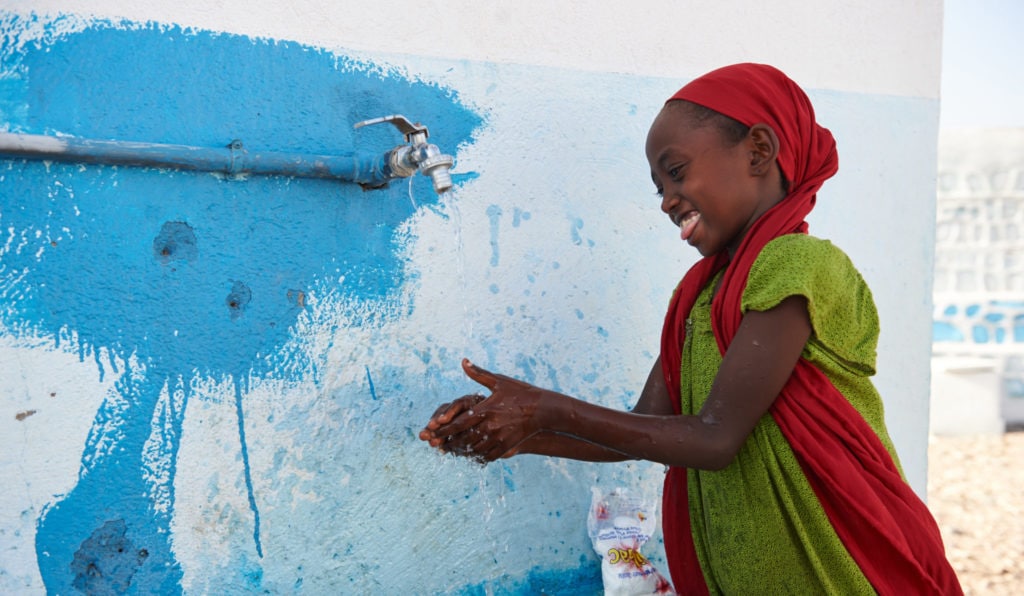
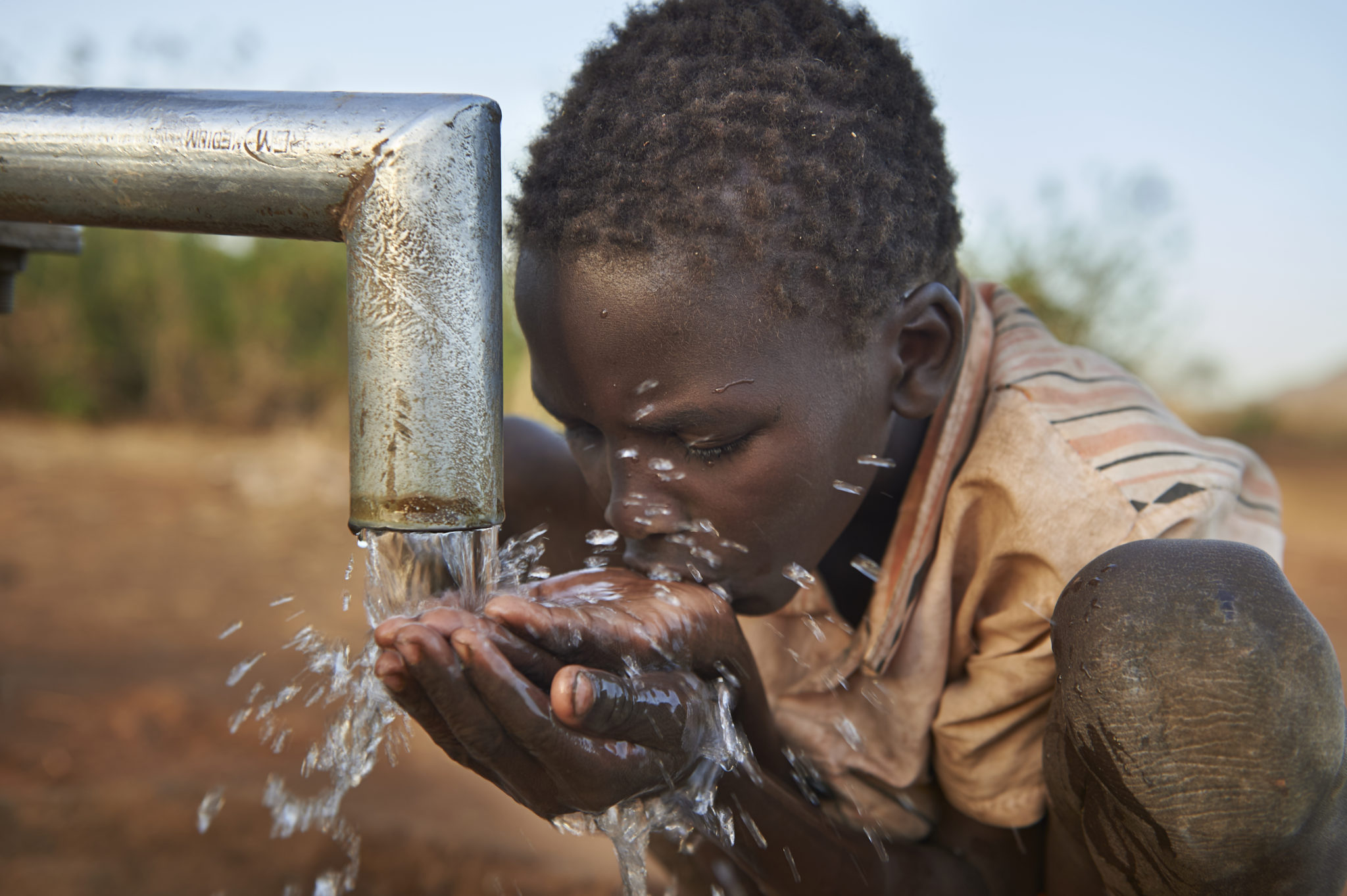

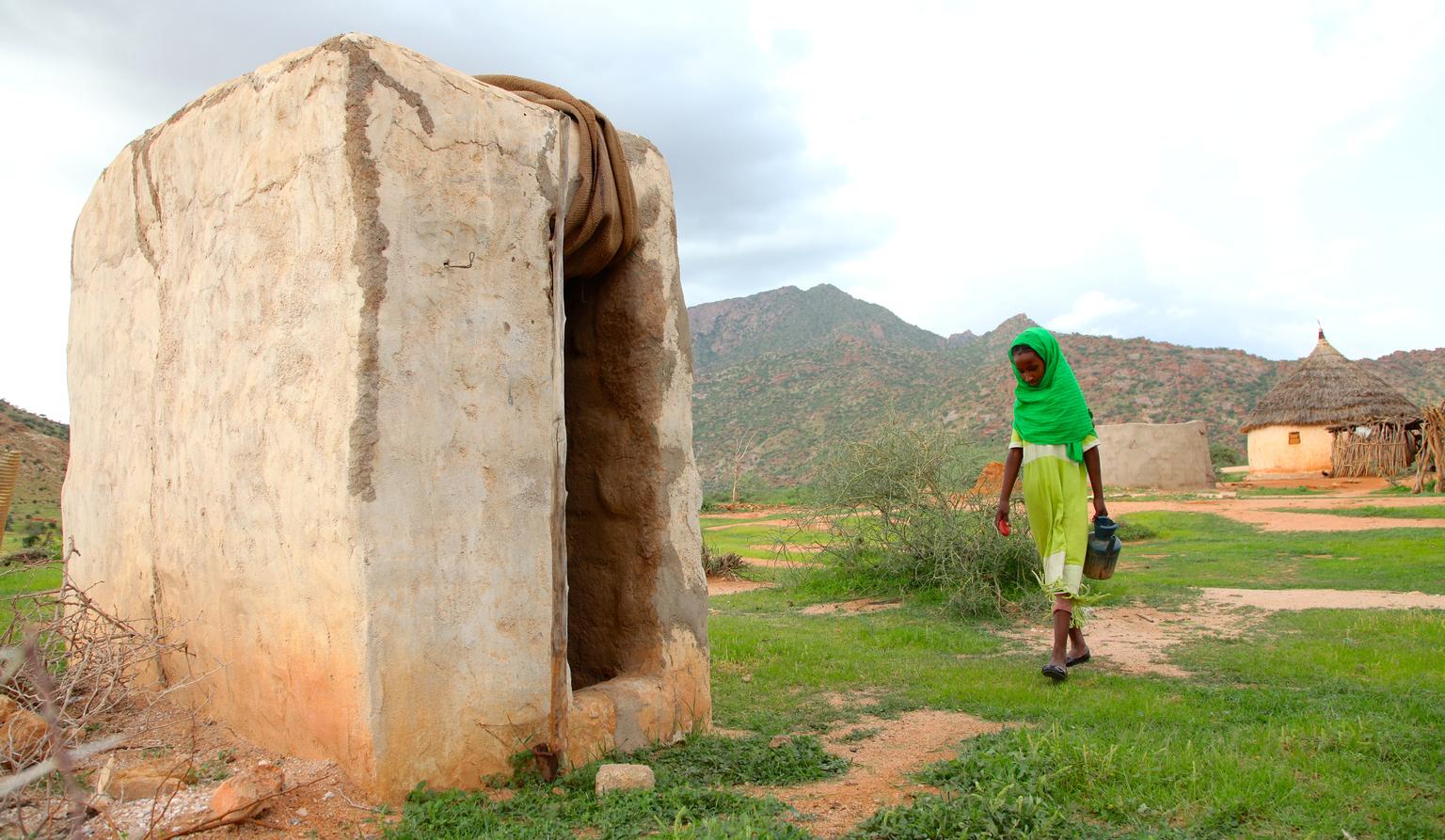
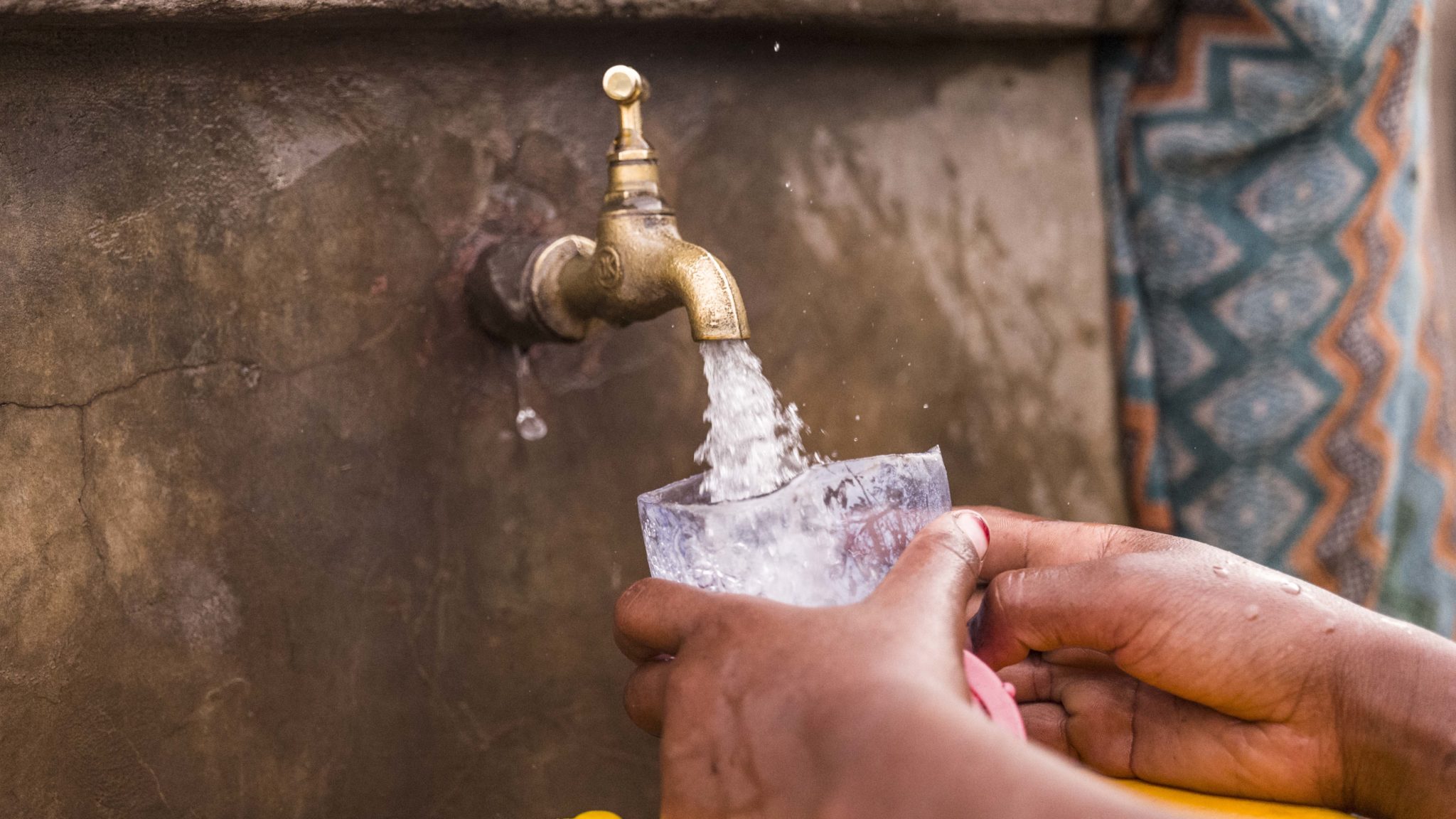
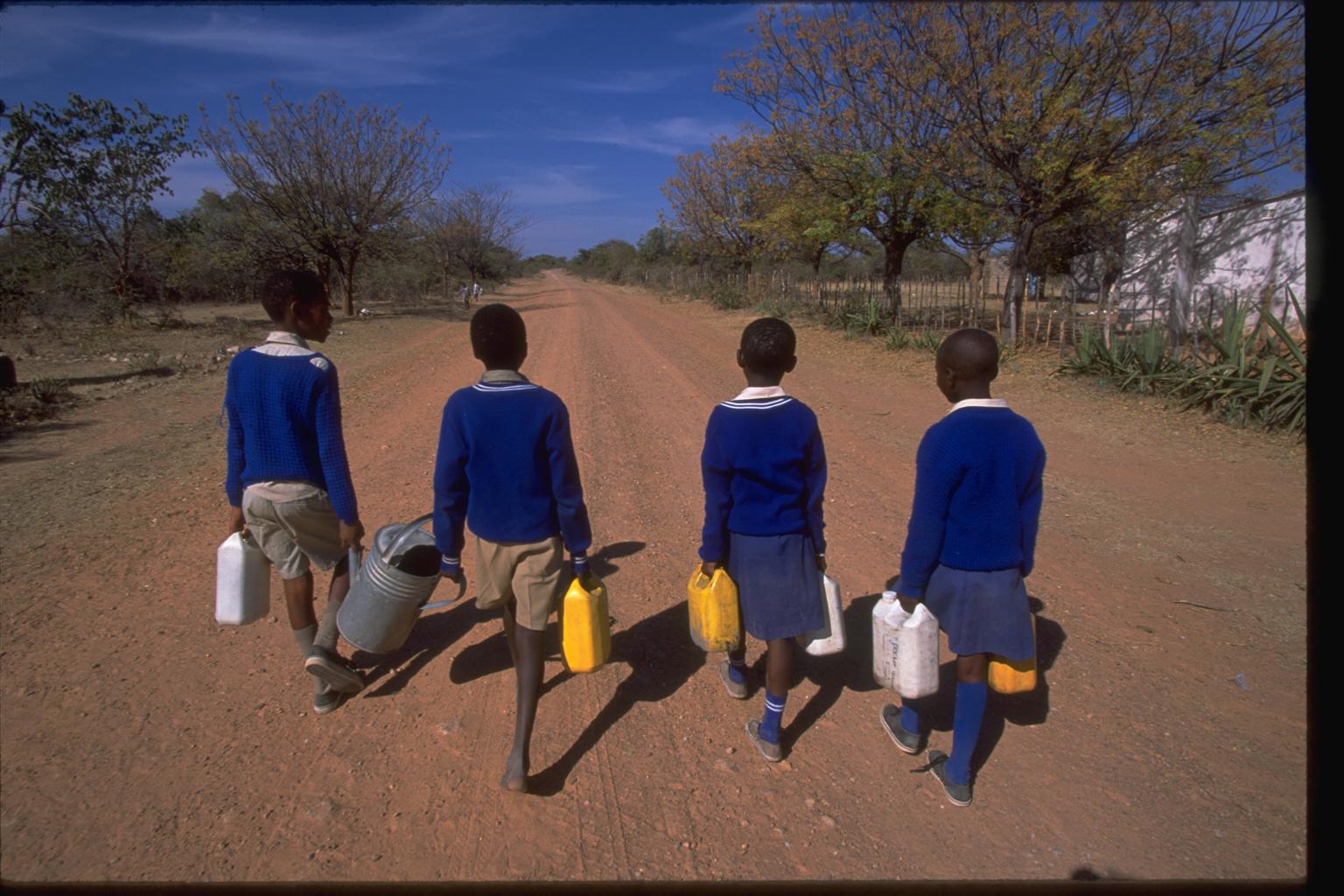
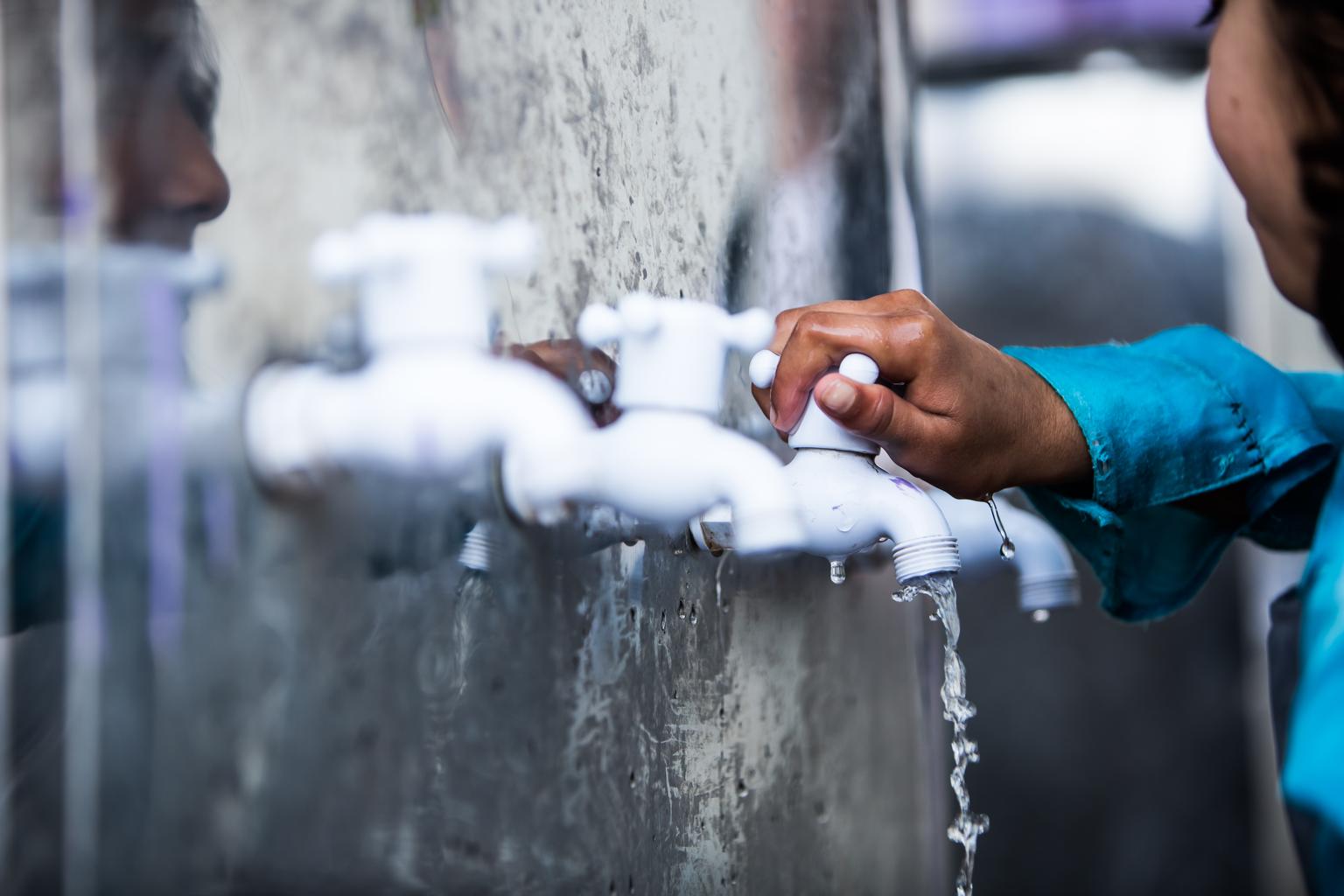
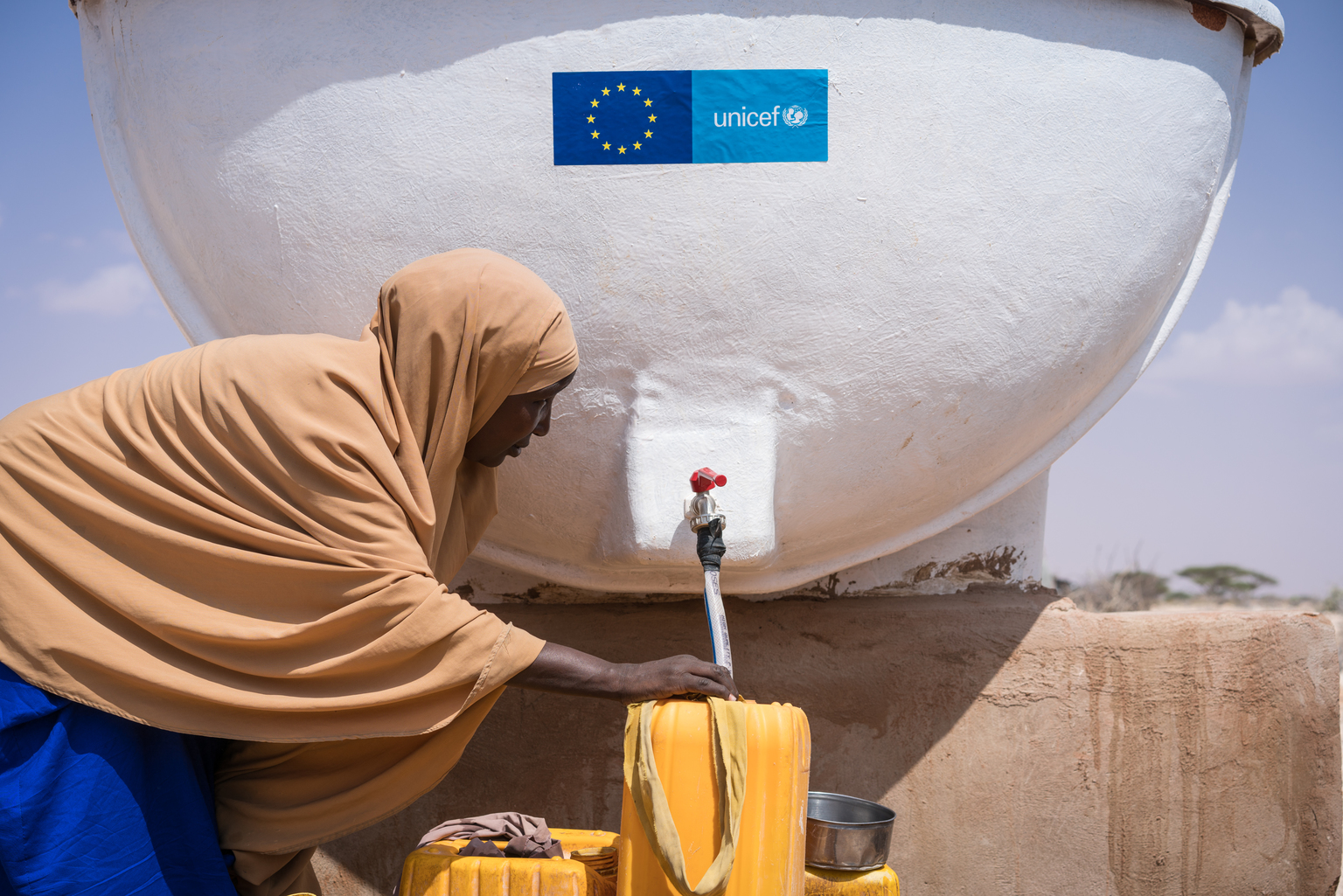
Notes on the data
WHO/UNICEF Joint Monitoring Programme for Water Supply, Sanitation and Hygiene
Since 1990, WHO and UNICEF have tracked progress on global water and sanitation goals through the Joint Monitoring Programme for Water Supply, Sanitation and Hygiene (JMP). The JMP monitors trends in coverage; helps build national monitoring capacity in developing countries; develops and harmonises questionnaires, indicators and definitions to ensure comparability of data over time and among countries; and informs policymakers of the status of the water supply and sanitation sector through annual publications. The JMP draws guidance from a technical advisory group of leading experts in water supply, sanitation and hygiene, and from institutions involved in data collection and sector monitoring. Further information about the JMP and its methodology can be found at the JMP website.
Data sources
The JMP estimates for WASH in households are based on information collected through national data from a wide range of different data sources, censuses and surveys, as well as secondary sources in the absence of primary data. Data are harmonized to the extent possible based on internationally agreed indicator definitions. Further details on indicators, data sources and methods for WASH in households estimates can be found at the JMP website, including recommended core questions to support harmonized monitoring: Core questions and indicators for monitoring WASH in households in the SDGs.
Definitions of drinking water services in households
The JMP uses service ladders to benchmark and compare progress across countries and these have been updated and expanded for SDG monitoring. The drinking water ladder defines five levels of service, ranging from ‘surface water’ (no service) to ‘safely managed’ which is the global indicator for SDG target 6.1.
The SDG service ladder builds on the established improved/unimproved source type classification and introduces additional criteria related to the level of service provided. Improved sources include: piped water, boreholes, tubewells, protected dug wells, protected springs, rainwater and packaged or delivered water. Households using improved sources are divided into three categories. If a round trip to collect water, including queuing, exceeds 30 minutes, it counts as a ‘limited’ service, and if it takes no more than 30 minutes, it counts as a ‘basic’ service. To meet the SDG standard for a ‘safely managed’ service, improved sources must be accessible on premises, available when needed and free from contamination. The JMP also tracks the population using ‘unimproved’ sources (including unprotected dug wells and springs) and ‘surface water’ (drinking water directly from a river, dam, lake, pond, stream, canal or irrigation channel).
Since households with ‘safely managed’ services also meet the criteria for ‘basic’ services, these two categories can also be grouped together as ‘at least basic services’. This is one of the tracer indicators used for monitoring progress towards SDG target 1.4 on universal access to basic services.
